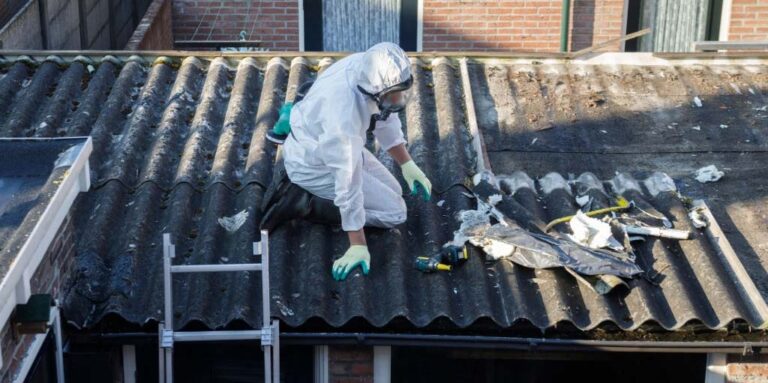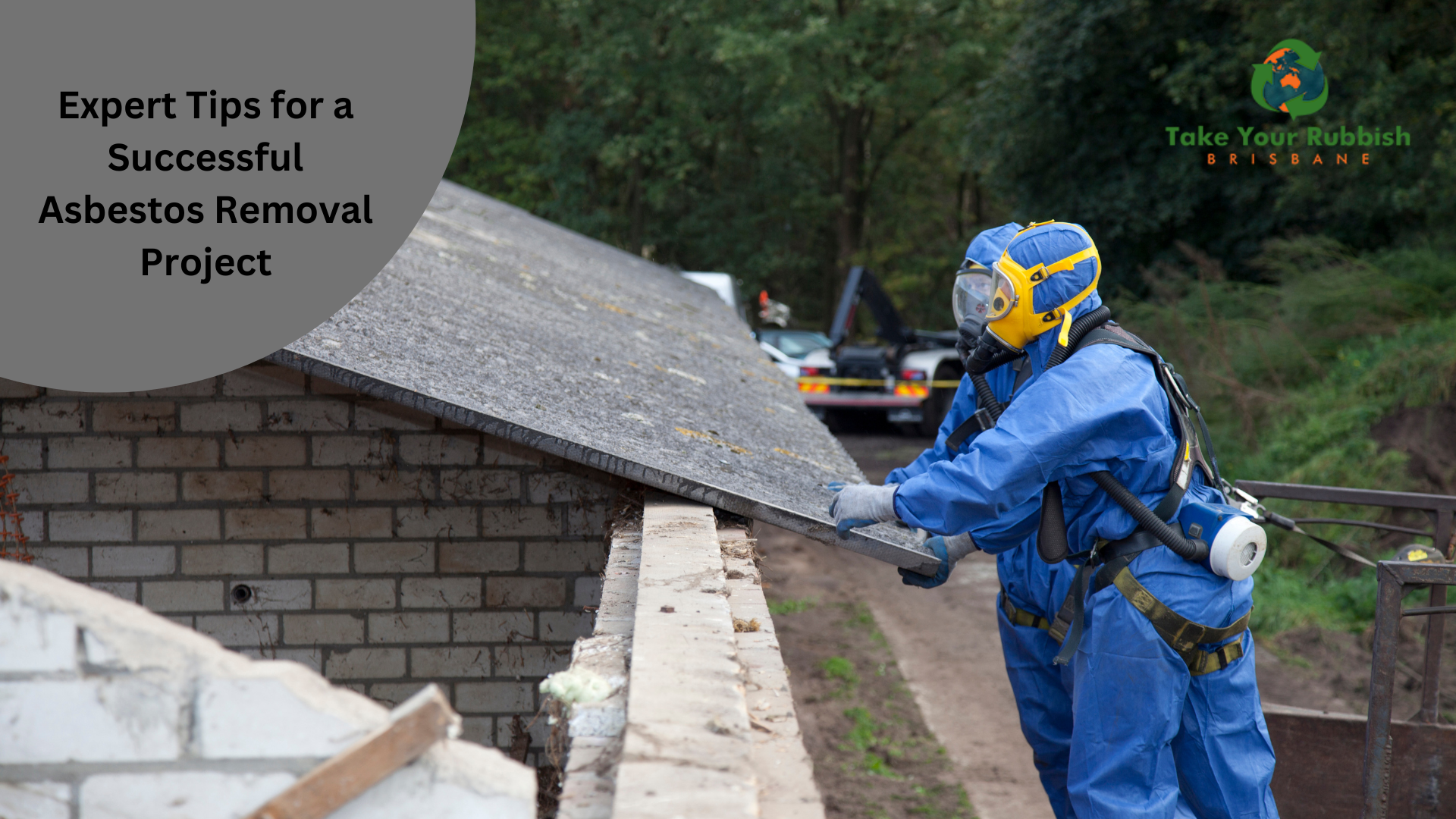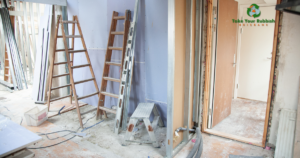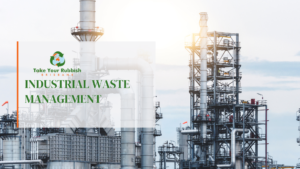Expert Tips for a Successful Asbestos Removal Project
Have you ever wondered how to safely get rid of asbestos from buildings? Asbestos used to be popular for its fireproof qualities, but now we know it’s dangerous to our health. Whether you’re a homeowner, a building manager, or someone working in construction, removing asbestos can be tricky. But don’t worry, we’re here to help! In this blog, we’ll explain everything you need to know about removing asbestos safely and effectively. From checking for asbestos to making sure everyone stays safe, we’ll cover it all. So, if you’re ready to learn,keep scrolling !
Understanding Asbestos and Its Dangers
Asbestos refers to a group of six naturally occurring minerals that are made up of microscopic fibers. These fibers are resistant to heat, fire, and chemicals, making them ideal for use in various building materials such as insulation, roofing, flooring, and pipes. However, when these materials deteriorate or are disturbed during renovation or demolition work, asbestos fibers can become airborne and easily inhaled.
Exposure to asbestos fibers can lead to serious health risks. The inhalation of these microscopic fibers can cause lung cancer, mesothelioma (a rare cancer affecting the lining of the lungs and other organs), asbestosis (a chronic lung disease), and other respiratory issues. The latency period between exposure and the development of these diseases can range from 10 to 50 years, making it crucial to take immediate action when asbestos is detected.
Common sources of asbestos in buildings include insulation materials such as pipe insulation, boiler insulation, and sprayed-on insulation. Asbestos can also be found in vinyl floor tiles, textured ceiling coatings (commonly known as popcorn ceilings), cement pipes, roofing materials, and even some older household appliances. It is important to be aware of these potential sources and take necessary precautions when dealing with them.
What is Asbestos Removal?
Asbestos removal is the process of safely taking out materials in buildings that contain asbestos. Asbestos is a harmful mineral once used in construction because it’s fire-resistant. But breathing in asbestos fibers can cause serious health problems, like lung diseases. Removing asbestos involves careful planning and special equipment to protect people from breathing in the harmful fibers. Trained professionals inspect buildings to find asbestos and then carefully remove it. They use methods like sealing off areas and wearing protective clothing to keep everyone safe. After removal, the asbestos is disposed of safely to prevent further harm.

Expert Tips for a Successful Asbestos Removal Project
Removing asbestos from buildings is important for keeping people safe. But it can be tricky, so we have some helpful tips for you! Whether you’re a homeowner or a construction worker, these tips will guide you through the process. Let’s learn how to get rid of asbestos safely and effectively!
1. Conduct a Thorough Inspection:
Before starting the process of removing asbestos, it’s really important to look at every part of the building very carefully. You need experts who know exactly what to look for when it comes to asbestos. They’ll check everywhere, like ceilings, walls, and floors, to see if there’s any asbestos around. This step is like making a map to know where the asbestos is hiding. Once they find it, they can plan how to remove it safely without anyone getting hurt. This inspection is like a detective job, where the experts search for clues to find the dangerous asbestos.
2. Develop a Detailed Removal Plan:
Once the experts find the asbestos, it’s time to make a plan to take it out safely. This plan has to follow very strict rules to make sure nobody breathes in the dangerous fibers. The experts will work closely with you to make a detailed plan. They’ll think about things like how to stop the asbestos from getting into the air, what tools and machines to use, and where to put the asbestos after removing it. This plan is like a roadmap that guides everyone on how to safely get rid of the asbestos without causing harm to anyone or the environment.
3. Prioritise Safety
Safety is the most important thing when it comes to removing asbestos. Everyone who’s involved in the removal process needs to know how to stay safe. They’ll get special training on how to handle asbestos safely and wear protective clothing to keep themselves safe from the harmful fibers. To stop the asbestos from spreading and getting into the air where people could breathe it in, experts use special techniques. For example, they might wet the asbestos to keep the dust down, or use machines with special filters to clean the air. Safety measures like these ensure that everyone involved in the removal process can do their job without risking their health.
4. Establish Containment Measures:
To keep everyone safe during asbestos removal, it’s important to make sure the asbestos stays in one place. Experts will put up barriers and seals to keep it from spreading to other parts of the building. They might also use machines to control the air pressure inside the area where the asbestos is being removed. By keeping the pressure lower inside than outside, any loose asbestos fibers are less likely to escape and cause harm. These containment measures help to keep the asbestos confined to one area, minimising the risk of exposure to anyone nearby.
5. Proper Waste Disposal:
Once the asbestos is removed, it can’t just be thrown away like regular trash. It has to be disposed of very carefully to make sure it doesn’t harm anyone else. Experts will take the asbestos to special places called disposal facilities, where it can be sealed up safely. They’ll make sure it’s labeled properly and handled with care to prevent any fibers from escaping. Keeping careful records of the disposal process helps ensure that everything is done correctly and safely, so there’s no risk of asbestos causing harm to people or the environment.
6.Communicate Effectively:
During the entire asbestos removal project, good communication is really important. Everyone involved needs to know what’s going on and what they need to do to stay safe. This means talking to workers, building owners, and anyone else who might be affected by the removal process. If there are any concerns or questions, they can be answered quickly and accurately. Clear communication helps everyone work together smoothly and safely, ensuring that the removal project is completed without any problems.
7. Conduct Post-Removal Verification:
After all the asbestos has been removed, it’s not enough to just assume everything is safe. Experts will conduct thorough tests to make sure there are no more asbestos fibers left behind. They’ll check the air and surfaces to make sure they’re clean and free of asbestos contamination. This verification process is really important to ensure that the area is safe for people to return to and use again. Only when the tests show that the area is completely free of asbestos can people go back into the building without worrying about their health.
How Can TYRB Help with Asbestos Removal ?
TYRB is dedicated to ensuring safe and effective asbestos removal processes. Here’s how we can assist:
Expert Inspection Services: TYRB provides thorough inspection services conducted by qualified professionals trained to identify asbestos-containing materials (ACMs) accurately. Our experts meticulously survey the premises to create a comprehensive map of asbestos presence, laying the groundwork for a successful removal strategy.
Tailored Removal Plans: With TYRB, you’ll receive personalised removal plans developed in collaboration with experienced contractors. These plans adhere to strict protocols to minimise fiber release and ensure compliance with regulatory requirements. From containment measures to disposal procedures, our detailed plans prioritise safety and efficiency.
Safety Training and Equipment: We prioritises safety throughout the removal process. We offer comprehensive training for all workers involved in asbestos handling, emphasising the proper use of personal protective equipment (PPE). Our teams are equipped with state-of-the-art tools and machinery to control dust and fibers effectively, minimising health risks.
Effective Containment Measures: TYRB implements robust containment measures to prevent asbestos fibers from spreading. We deploy physical barriers and negative air pressure systems to isolate work areas, ensuring minimal impact on surrounding spaces. Regular air monitoring verifies the effectiveness of containment measures, guaranteeing a safe working environment.
Proper Waste Disposal: We manage asbestos waste disposal meticulously, adhering to regulatory guidelines and working with licensed facilities. Our experts ensure that waste is sealed, labeled, and transported safely to prevent further contamination, maintaining environmental integrity throughout the process.
Transparent Communication: We prioritises clear and transparent communication throughout the asbestos removal project. We keep all stakeholders informed about project timelines, milestones, and safety protocols, addressing any concerns promptly to maintain trust and transparency.
Post-Removal Verification: After removal activities are completed, TYRB conducts rigorous post-removal verification to ensure the area is safe for reoccupation. Independent third-party inspectors verify that asbestos levels are below regulatory limits, providing peace of mind to building occupants.
With TYRB’s expertise and commitment to safety, you can trust us to handle every aspect of your asbestos removal project with precision and care.
Conclusion
In conclusion, asbestos removal projects require careful planning, expertise, and adherence to safety protocols to ensure successful outcomes. Hiring professionals who specialise in asbestos removal is essential for protecting the health and well-being of workers and residents.
Understanding the dangers associated with asbestos exposure, conducting thorough inspections, creating comprehensive removal plans, obtaining proper permits and licenses, implementing safety measures, properly containing asbestos during removal, disposing of asbestos waste safely, and communicating effectively with residents and neighbors are all crucial aspects of a successful asbestos removal project.
By following expert tips and working closely with experienced professionals, you can ensure that asbestos is removed safely and effectively, minimising health risks and maintaining a safe environment for all.
Ready to ensure a safe and effective asbestos removal process? Contact TYRB today for expert assistance and peace of mind. Don’t wait, protect your health and environment now.




